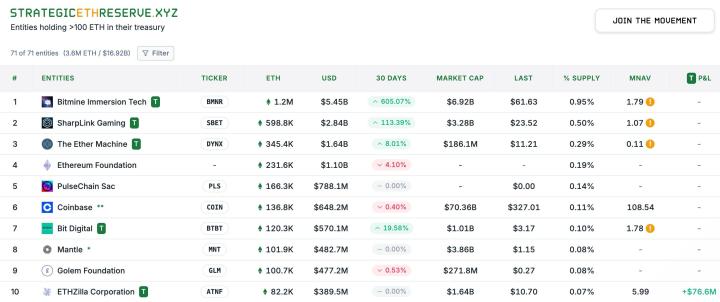Chainfeeds Introduction:
Coinbase provided 5 strategies for traditional institutions to configure crypto assets. The Chinese version was compiled and published by Foresight News.
Article Source:
https://foresightnews.pro/article/detail/89008
Article Author:
Coinbase
Perspective:
Coinbase: Web2.0 platforms rely on centralized architectures, limiting interoperability between different ecosystems, while blockchain protocols will break this pattern and build open, permissionless, and interoperable markets. Three major trends are driving this transformation: First, Bitcoin has a fixed supply of 21 million coins, backed by a decentralized network and cryptography, with a market cap of over $2 trillion and daily trading volumes of $7-10 billion, with ample liquidity. Coinbase, BlackRock, and multiple governments are incorporating Bitcoin into their reserve and investment systems. Interoperability innovations like wrapped Bitcoin (wBTC) further expand its application scenarios, driving the acceleration of the Bitcoin economy. Second, stablecoins are circulating in 175 million wallets, with a total market cap exceeding $270 billion, expected to reach $50 trillion in transfers by 2025, becoming a killer application in the crypto field and even ranking among the top 20 US Treasury holders. Stablecoins offer fast and low-cost transfers, prompting the US to prioritize clear regulation, with projected asset size potentially exceeding $2 trillion and handling 30% of global remittance business by 2028, bringing significant income to on-chain platforms. Third, DeFi has a locked value of around $140 billion, providing 24/7 trading, lending, and tokenization services. Platforms like AAVE and Morpho enable permissionless lending, with sophisticated strategies like perpetual contracts and funding rate arbitrage becoming increasingly mature. BlackRock's BUIDL fund signals that asset management is being disrupted by on-chain distribution models, and traditional platforms that fail to adapt will face elimination. Bitcoin and stablecoin regulation and large-scale adoption are near maturity, with DeFi expected to make significant progress in scalability and regulatory clarity in the coming years. Enterprises that can establish on-chain layouts early will gain a competitive advantage in the next wave of innovation. For institutional investors, "moving beyond zero crypto asset allocation" is the first step. Bitcoin is only 16 years old, Ethereum 10 years, and stablecoins just 7 years, yet they have entered their golden development period. As stablecoins penetrate banking, payments, automation, and artificial intelligence, crypto technology is rapidly maturing. Institutional investors are exploring frameworks for incorporating crypto into their portfolios, driving updates to capital market hypotheses and asset allocation methods. We evaluated five strategies: A) Bitcoin (BTC) allocation, B) Coinbase 50 Index (COIN50) passive allocation, C) Active Asset Management (ACTIVE), D) Value Storage Index (SOV) with Bitcoin + Gold, E) Crypto-related stocks (MAG7). Using portfolio A as an example, allocating 5% Bitcoin (replacing bonds) from 2017 to 2025 significantly enhanced returns, with a compound annual growth rate of 73% and risk-adjusted performance superior to traditional 60/40 stock-bond portfolios. In the short-term sample after Bitcoin ETPs were introduced, the Sortino ratio improved by 34%, highlighting the advantages of institutional adoption. Beyond direct Bitcoin allocation, the COIN50 index provides investors with broader market exposure, capturing momentum in DeFi, Non-Fungible Tokens, AI, MEME coins, etc., with long-term performance similar to Bitcoin and slightly better in short-term return contribution and risk-adjusted performance. While active management strategies can theoretically optimize downside risk, they have underperformed since the institutional phase in 2022, with passive strategies proving more stable in volatility control. The value storage index combining gold and Bitcoin uses low volatility periods to increase Bitcoin weight, offering a new asset class to address high government debt and inflation risks, with short-term returns and risk-adjusted performance significantly outperforming single crypto strategies. Crypto-related stocks (MAG7) can enhance returns during bull markets but have high volatility and significant drawdowns, with greater investment complexity. Looking ahead, value storage assets like Bitcoin are expected to become an independent class, with annual return expectations around 10%, low correlation with bond markets, highlighting capital preservation and flexibility in low-yield environments. Fixed supply and decentralized characteristics give Bitcoin dual advantages of inflation resistance and enhanced portfolio resilience, with its attractiveness extending beyond hedging to releasing future capital application spaces.
Content Source







